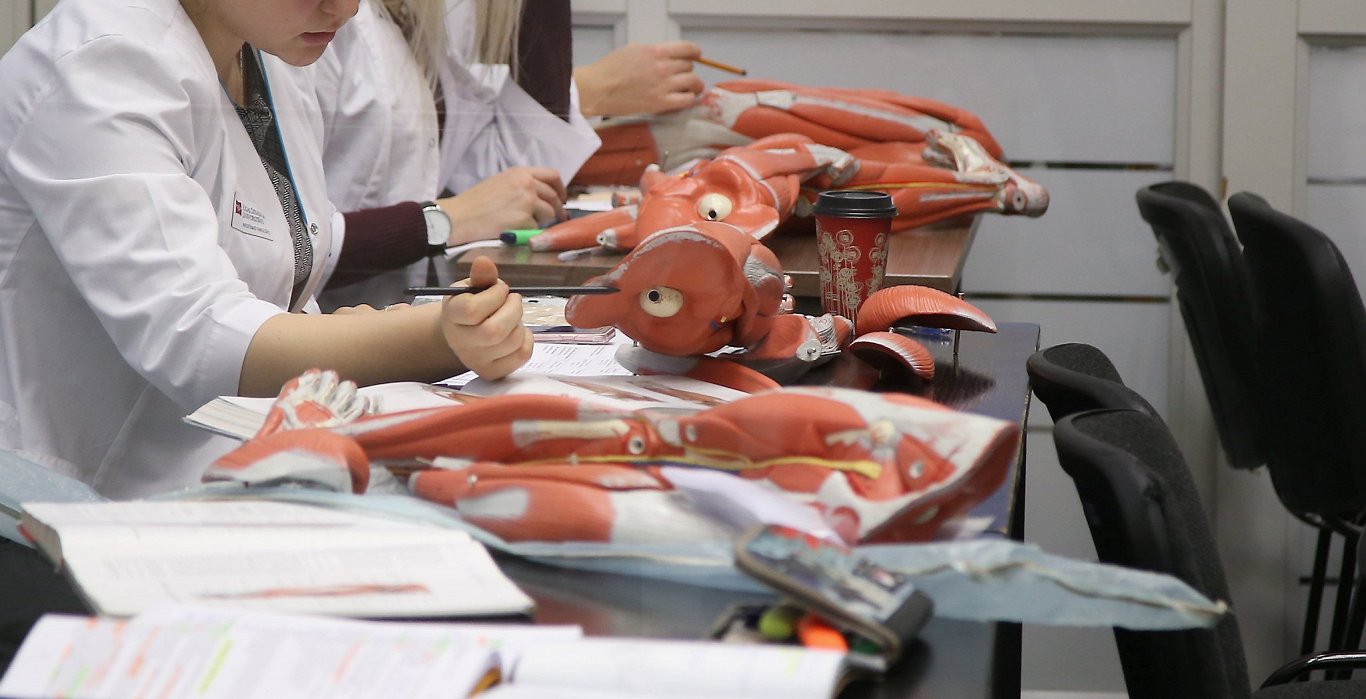The IZM has developed a report on a conceptual project on the financing of higher education: a gradual transition over seven to ten years to fully state-funded higher education by introducing a partly state-funded (co-payment) system as a transitional phase.
The Ministry claims that it offers a more socially equal model of education accessibility, but not in all study areas. The new system would provide that some priority study areas, like STEM, healthcare, and education, would offer full state funding for those who graduate. Those in other fields of study would not have their payment covered. The plan also offers free studies in state universities for those with a socially disadvantaged status.
It is planned that the student co-payment for one study year would be €600 for students in priority areas and €1,000 for students in other areas, which could be covered by post-payment, using the state-guaranteed lending system regardless of the socio-economic status of the student and their family.
In STEM fields, the student co-payment would be €600 per year of study, which would be deleted by the State if the student graduates.
In education and health programs, the student co-payment would be €1,000 per year of study, which would be deleted by the State if the student graduates from university and works in an educational or health institution.
In all state university colleges, studies would be fully paid by the state. Free studies under the IZM plan would also include those who would start their studies through the closure of the national defense service.
According to the ministry, the current system of state-covered budget seats and paid seats create a socially regressive system. Around 60% of students pay full tuition while 40% are in the budget seats, and the obtaining of budget seats (based on better grades in previous education levels) correlates with a better socio-economic status of the family.
The new higher education financing model foresees that the state would double its investment in higher education by increasing public funding per student and increasing the amount of performance funding for higher education. The application of differentiated criteria (doctorate holders, employed in qualified positions, etc.) according to the national university typology (starting with science universities) would allow higher education institutions to reach excellence in different areas and promote their strategic specialization.
The IZM foresees that the plan would be implemented in a year, starting the 2023/2024 academic year.





























